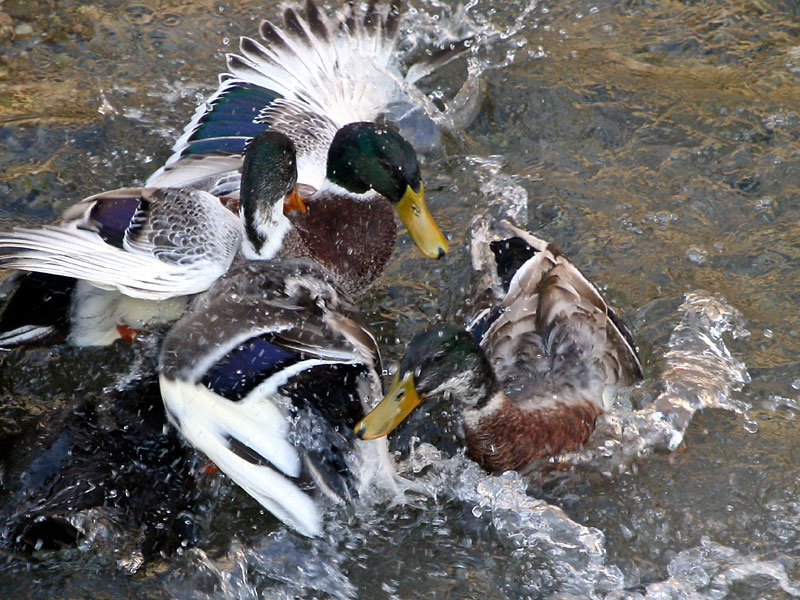Points of Interest
The Castles of Oglio Nord Park
The recent discovery of a large necropolis dating back to the Gallic period (2nd-1st century BC) between Cividino and Pontoglio demonstrates the presence in this area of important fortifications which already existed during the Roman period. The river Oglio represented the border between the X and XI regions of the administrative structure organized by Augustus and it was thus provided with adequate structures to control the transit. However, these defensive structures couldn't stop the raids of barbarians who in the 5th century AD began to invade the Po Plain, causing destruction and abandonment.
The Water
In our territory, 16 irrigation ditches with a considerable flow derive
from the river Oglio: 9 on the left bank, 7 on the right bank. They are
still used today. Their creation can be traced back almost exclusively
to the period going from the 13th to the 16th century. Let's follow the
irrigation ditches in geographical order, from north to south.
The
most important one on the left bank is called Fusia: it develops at the
end of the lake and runs for the whole length of the left bank up to
Palazzolo, where it forms three branches. The important work was
carried out thanks to the initiative of Oldofredo Oldofredi in 1347.
Industrial Archaeology
Before Lombardy, by joining Piedmont, became part of the Kingdom of
Italy, in Palazzolo there were eight spinning mills with an ancient
tradition, eleven spinning mills led by families, and twelve spinning
factories totally employing almost five hundred persons.
After the growth of the textile industry, other factories opened and then specialized as foundries or mechanical industries.








